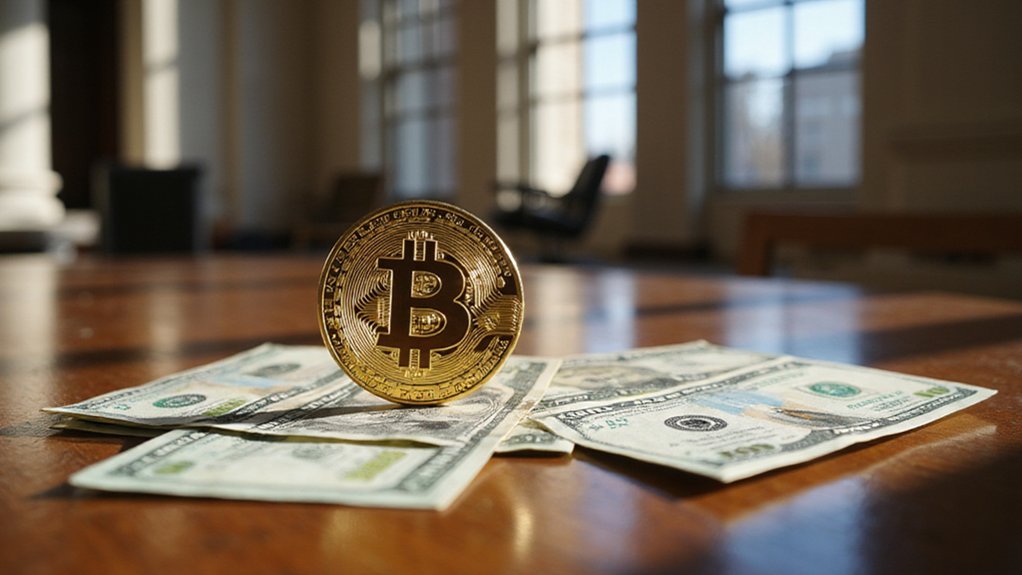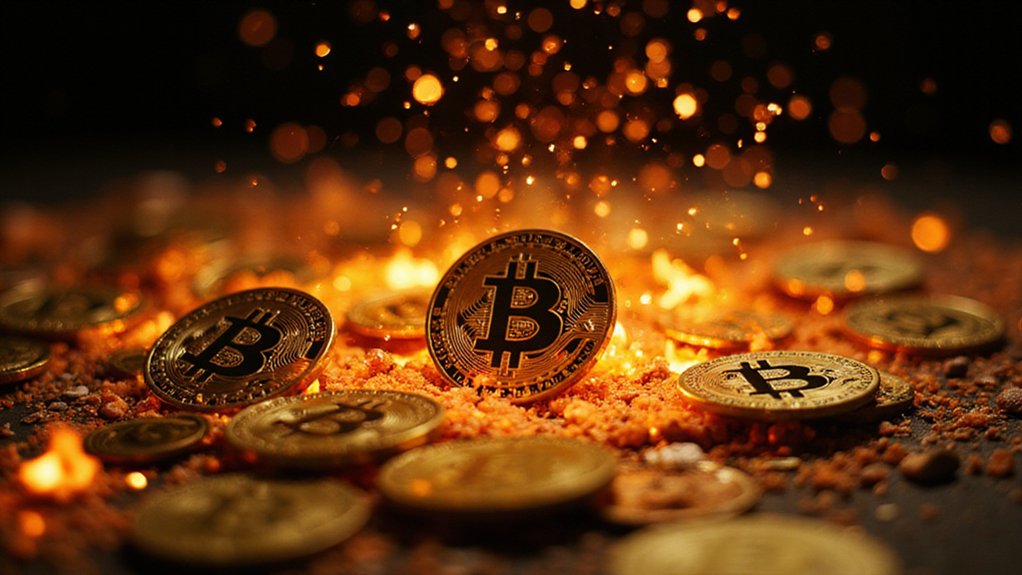While Congress inches toward thorough stablecoin legislation—a glacial process that would make continental drift seem hasty—major American banks are quietly positioning themselves to dominate what may become the most significant monetary innovation since the abandonment of the gold standard.
The numbers alone suggest something profound is stirring: stablecoin market capitalization has exploded from $20 billion in 2020 to $246 billion by 2025, with over two-thirds of cryptocurrency trading now flowing through these digital dollar proxies.
JPMorgan Chase, apparently deciding that if you can’t beat the fintech disruptors you might as well join them, is exploring a consortium-backed shared stablecoin alongside other major institutions.
The strategic calculus is hardly mysterious. Banks face an existential question: maintain control over payment infrastructure or surrender it to tech giants and crypto startups offering faster, cheaper alternatives.
Stablecoins provide near-instant settlements, 24/7 availability, and programmable payment features that make traditional banking hours seem charmingly antiquated—like insisting on conducting business by telegraph.
Stablecoins make traditional banking hours look as outdated as conducting modern business via carrier pigeon.
The regulatory landscape, while still evolving with characteristic Washington efficiency, appears increasingly favorable. The GENIUS Act targets stablecoins exceeding $10 billion in market capitalization with reserve requirements and transparency standards, while 83% of existing stablecoins remain pegged to the U.S. dollar (thereby reinforcing American monetary hegemony through ostensibly decentralized means). Both bills require issuers to maintain one-to-one reserves in safe assets like U.S. currency, deposits, or short-term Treasuries to ensure stability.
For banks, the operational benefits are compelling: cross-border transactions that previously required days can settle within minutes, liquidity management becomes more efficient, and customers gain access to programmable money that can execute complex transactions automatically. These innovations may shift activities from banks to nonbank financial intermediaries, fundamentally altering the traditional banking landscape. The growing institutional adoption of cryptocurrency infrastructure signals a broader transformation as traditional finance embraces digital assets for enhanced efficiency and innovation.
Investment banks anticipate nearly tenfold growth following legislative enactment—a projection that, given their track record with bold predictions, should be taken with appropriate skepticism.
Yet challenges persist, particularly for smaller regional banks lacking the resources to navigate regulatory compliance independently.
The irony is palpable: institutions built on stability and trust must now innovate rapidly in an inherently volatile digital ecosystem, all while maintaining the conservative risk management that defines traditional banking.
Whether Main Street banks can successfully thread this needle remains the trillion-dollar question—quite literally, given projected market expansion.








